Places to visit in the Algarve
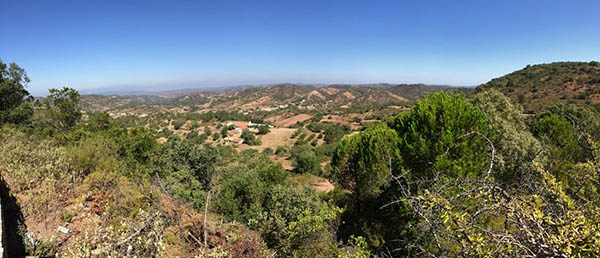 Alte – See on the distance
Alte – See on the distance
Surroundings of Alte and the mountains of Algarve
Places to visit in Algarve. There are many places to visit in the Surroundings of Alte and the mountains of Algarve, where people live in harmony with nature and maintain traditions that they love to share.
The interior of this beautiful region is dotted with winding roads and tiny villages that allow you glimpses of a style and pace of life that is fast disappearing. Travelling by car you can explore the white-washed villages, orange and lemon orchards and eucalyptus groves. You can learn of the local flora and fauna, of the old traditions and customs still practiced in this area.
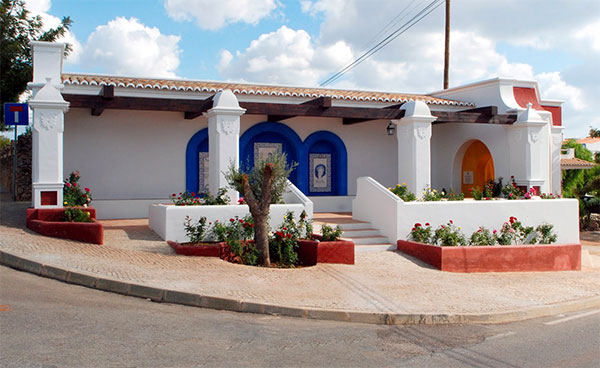
Benafim
Benafim is a small village situated 5 km from Alte and 7 km from Salir. Between Benafim and Salir stretches a plateau known as Rocha da Pena.
Rocha da Pena is a Protected Area, offers one of the very best vantage points for looking out over the vast expanse of the Algarve’s Barrocal landscape with all the geological oddities and diversity of fauna and flora that the region is famous for.
The village of Benafim is divided into three zones: Benafim Grande, Benafim Pequeno and Bairro Novo.
The village has narrow streets with typical white houses of this region. The village has several cafes, restaurant, supermarket, small supermarket and a picnic area where you can enjoy a good picnic.
Points of interest: Lavadouros (washtubs) das Bicas Velhas, D. Antonia Courtyard, Chapel of Benafim (church) where you can enjoy a fantastic view of the mountains of the Algarve. There is also a museum in the village of Penina, a Roman road (Humbria) in Benafim Pequeno.
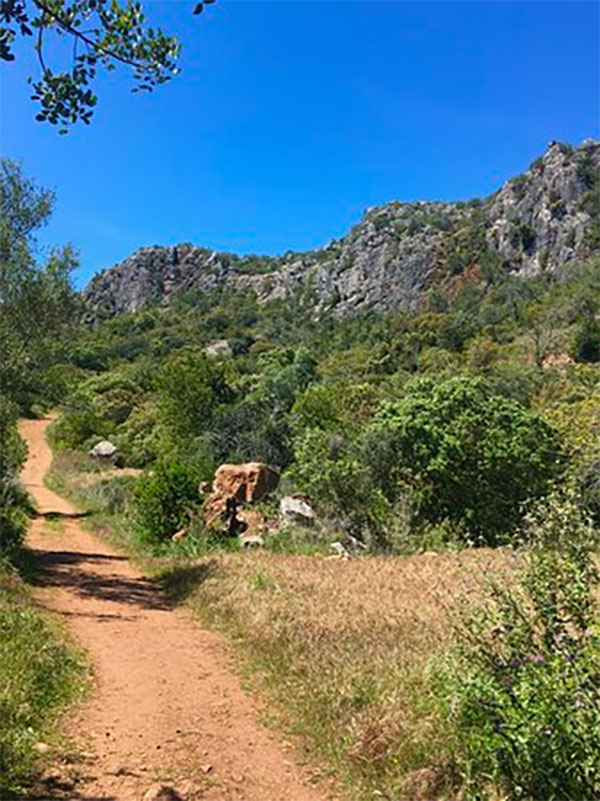 Rocha da Pena
Rocha da Pena
Rocha da Pena
Situated to the north of the small villages of Salir and Benafim, just 15 minutes by car from Alte.
The Protected Area of Rocha da Pena offers one of the very best vantage points for looking out over the vast expanse of the Algarve’s Barrocal landscape with all the geological oddities and diversity of fauna and flora that the region is famous for.
Rocha da Pena is a limestone cornice that reaches 50 metres high and is topped by a plateau with some 2km in length.
This is a place with a rich and varied flora, made up of over 390 species of plants, including a striking species of wild rose, yarrow, wild orchids and differing types of scented rosemary.
Also the fauna is quite rich and diversified, surviving here the large birds of prey, such as the Bonelli’s eagle, the buzzard and the eagle owl, in addition to the many other birds such as the bee-eater, the great spotted woodpecker and the tit.
Wild rabbits and hedgehogs share the land with foxes, genets, mongooses and a small species of wild boar.
Rocha da Pena combines the greatest conditions for the practice of the most diversified sport and extreme activities, such as rock climbing.
It is also available a wonderful Pedestrian Itinerary with an extension of 4,7 km taking about 3 hours.
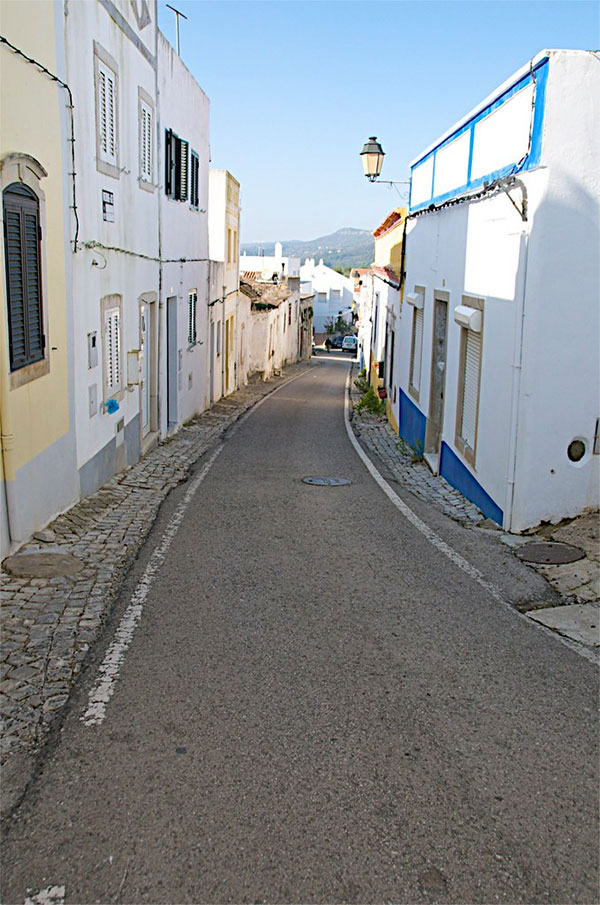
Salir
Situated at about 13 kms from Alte. A white row of charming houses surrounded by the typical Algarve Carob, olive and almond trees fields, composes Salir, with its Castle, nowadays in ruins, in the top of the hill. From the Castle, nowadays only the tower and two pieces of the wall remain.
The Castle of Salir should have been built during the Almohad occupation in the 12th century, designed to protect the peasants from Christian attacks, and some years later Salir will have been the place chosen for the beginning of conquest of the Algarve from the Moors, being Salir an strong plaza with a very important role.
Next to the castle a Museum was built in order to preserve and present the archaeological studies that here have been developed.
The Church of Salir is the pride of the population, located in the central square, also the village centre, where the biggest traditional party has place every year in May.
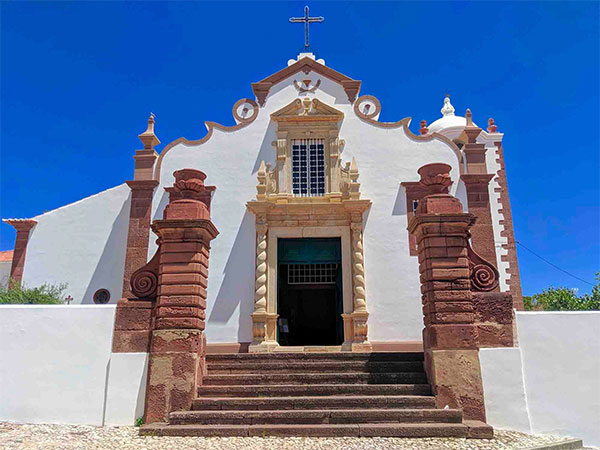 São Bartolomeu de Messines
São Bartolomeu de Messines
São Bartolomeu de Messines
Messines in the surroundings Alte, is situated (12km) to the west of Alte and east of Silves.
In the middle of the older part of Messines there is a lovely church (Igreja Matriz), originating from 16th century, with a style somewhere between Manueline and Renaissance, to which was added a baroque façade during the 18th century. The front of the church really is rather impressive with the contrast of white walls and red sandstone around the doorway and the tower stands tall amongst the other buildings.
You can get in Messines Algarve everything you want, there is a daily vegetable and fish market, pharmacists, little supermarkets, and a larger supermarket, open everyday! There are many shops like a cinema, papelaria where you can even buy foreign papers, and an unlimited amount of pasteleria’s to drink a nice cup of coffee with a pastel de nata, and believe it or not in one of those pastelaria’s they serve a full English breakfast!
Apart from the pastelaria’s, there are a many bars, and some do live music in the weekends. A few restaurants, where you can find mainly traditional Portuguese food on the menu like chicken piri, lamb (Borrego) and various fish dishes, like the Cataplana which is a stew of shell fish/fish and meat.
At Restaurant Fatinha, used to be the butcher of Messines, they serve excellent chicken dishes, but also the other food is good value for money! Joao do Deus, is a nice restaurant with a large choice of traditional Portuguese dishes.The Cacadores, is very famous, they do nice fish dishes, like shrimps. Joaquim da Praca, is a bit more expensive, and they have a good steak.
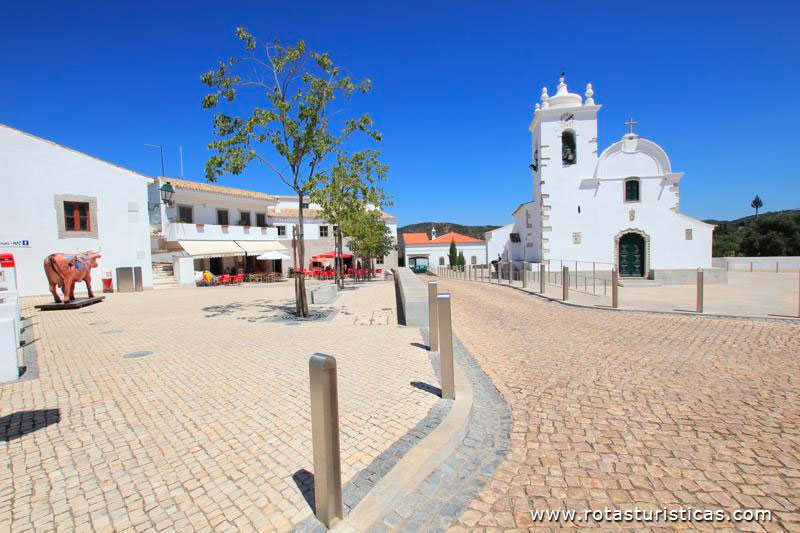
Querença
Situated 20km east of Alte, just 25 minutes by car.
Querença located in a lovely mountain hill is a traditional and charming typical Algarvian village white houses with a colored bar around windows and doors, with the traditional Algarvian chimneys, showing off the big Moorish influence due the many years of Moorish occupancy of the territory.
The Main church, located at the top of the hill, with its origins in the 16th centuryt, has a facade simply decorated Manueline doorway (16th century), right in front of the pillory settled on a rock. The main and side chapels have carved and gilded vestals (18th century).
One of the highlights of Querença is the gorgeous Fonte da Benémola Protected Area, a place of great natural beauty, a symbol of the Algarve’s landscape diversity.
There are nature trails for walkers. Within the park are a number of caves containing archaeological remains. The local fauna includes otters, a wide variety of birds and a few colonies of bats.On the approach road is the Cerro dos Negros viewpoint, which looks out over a broad sweep of coastline.
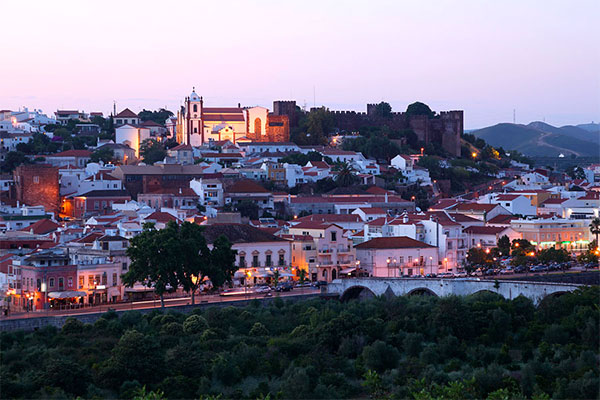 Silves, Algarve, Portugal
Silves, Algarve, Portugal
Silves
Situated 28km from Alte.
Silves is an attractive town with a rich history built on the banks of the River Arade, the town retains much of its former charm in the streets, which are still laid out as they were in medieval times.
The Moorish Fortaleza is the biggest castle in the Algarve, which boasts a complete set of dark red sandstone walls and detached towers, occupies 12.000 square meters on top of the hill that overlooks the town, it has its origins in the ramparts built around the town during the Moorish occupation, probably on the site of late Roman or Visigoths fortifications round the 4th century.
Today Silves is an attractive, crumbling place of outdoor cafes, narrow streets whose white-washed houses are the perfect background for the colorful bougainvillea, for the glimpses between houses of the River Arade, and the rolling hills of orange and lemon groves. Down by the riverfront there are several restaurants to choose from, you can enjoy a stroll and admire the Roman bridge.
Every August Silves turns back the clock to host a wonderful Medieval Festival. The town turns off all neon lighting, dresses itself in medieval garb and welcomes wandering minstrels. Traditional food is served in medieval styled eateries, wine is served in earthenware cups and the currency of the day is the Xelb, not the euro.
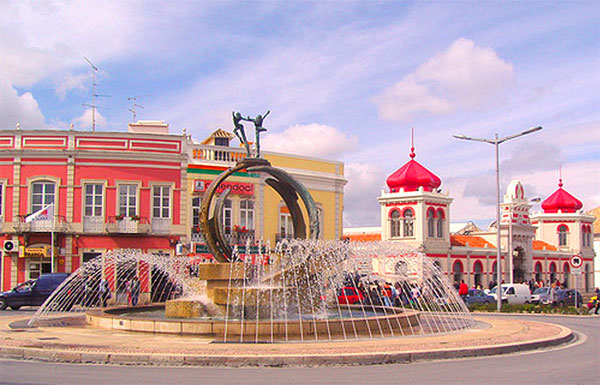
Loulé
Loulé is an interesting town some 25km from Alte and 16km north of Faro. The landmark church of Nossa Senhora da Piedade – a modern dome shaped building reminiscent of a space ship – can easily be seen on a hill, just to the west of the town, from the A22 motorway. It is a large town with all the usual amenities you would expect to find – a great selection of shops, numerous banks, art galleries, swimming pools and sports pavilion to name but a few!
Loulé Arabian style market hall Loulé is famous for it’s Saturday morning gipsy market (at the end of Rua da nossa Senhora da Piedade) and there are trips available from most resorts in the Algarve if you don’t have a car.
It also has a really good daily market in the Arabian style market hall on Praça da República (open every morning except Sunday).
Loulé castle (13th/14th century) built on an area previously settled by the Romans, is just a short distance down the road from the market on the left hand side. From this approach it isn’t very obvious that it is the castle as, through the arched gateway, you see the whitewashed walls of the ‘alcaidaria’ ( which was the living quarters for the castle commander and his garrison) surrounding a small courtyard and no visible signs of the castle walls. Across the courtyard lies the municipal museum, next door to which are some steps leading up to the remaining section of the castle walls.
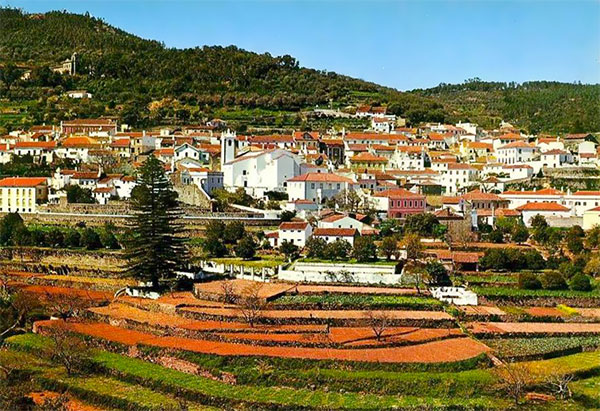
Monchique
Situated 28km from Alte.
Silves is an attractive town with a rich history built on the banks of the River Arade, the town retains much of its former charm in the streets, which are still laid out as they were in medieval times.
The Moorish Fortaleza is the biggest castle in the Algarve, which boasts a complete set of dark red sandstone walls and detached towers, occupies 12.000 square meters on top of the hill that overlooks the town, it has its origins in the ramparts built around the town during the Moorish occupation, probably on the site of late Roman or Visigoths fortifications round the 4th century.
Today Silves is an attractive, crumbling place of outdoor cafes, narrow streets whose white-washed houses are the perfect background for the colorful bougainvillea, for the glimpses between houses of the River Arade, and the rolling hills of orange and lemon groves. Down by the riverfront there are several restaurants to choose from, you can enjoy a stroll and admire the Roman bridge.
Every August Silves turns back the clock to host a wonderful Medieval Festival. The town turns off all neon lighting, dresses itself in medieval garb and welcomes wandering minstrels. Traditional food is served in medieval styled eateries, wine is served in earthenware cups and the currency of the day is the Xelb, not the euro.